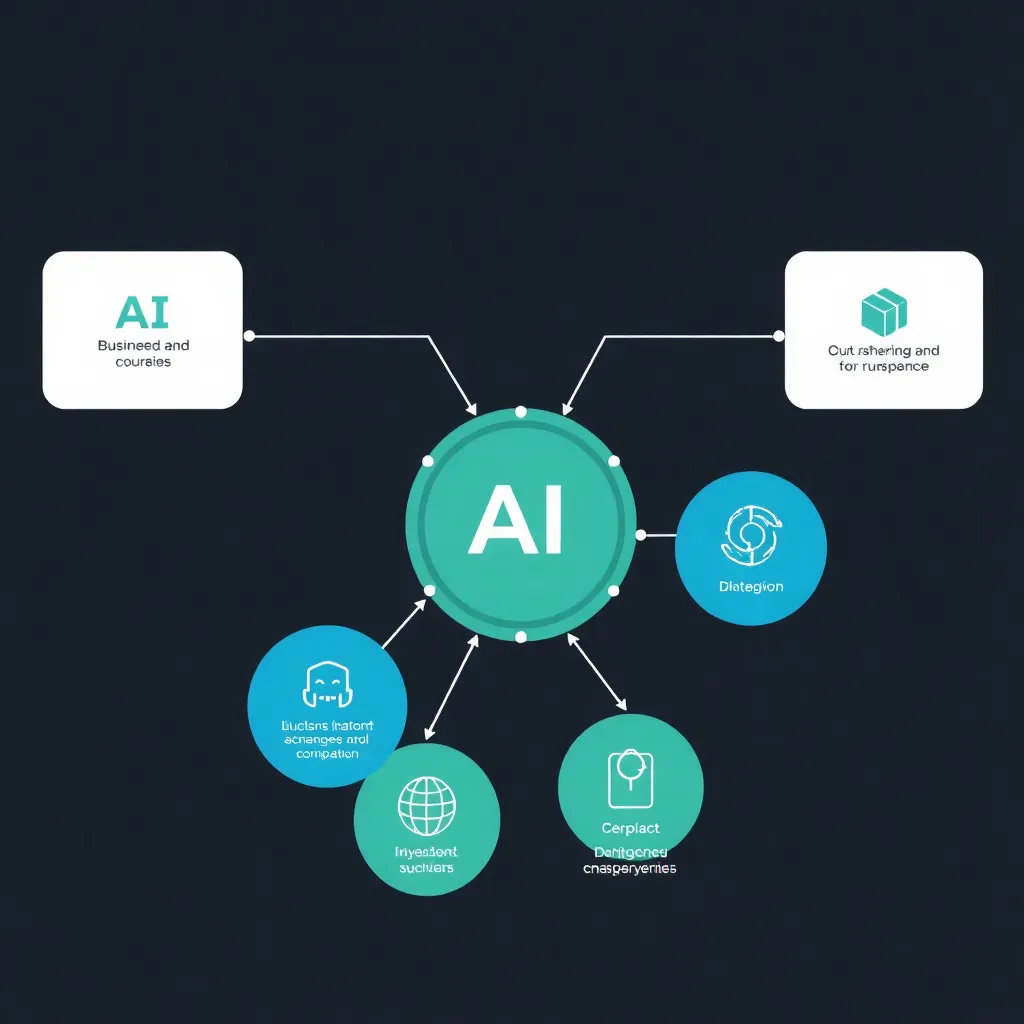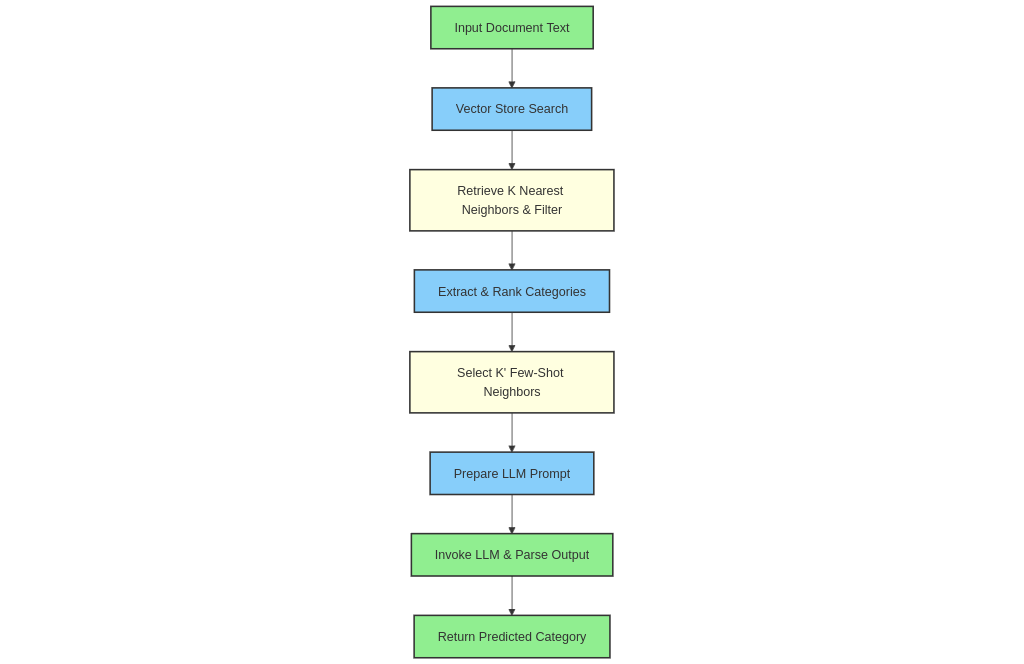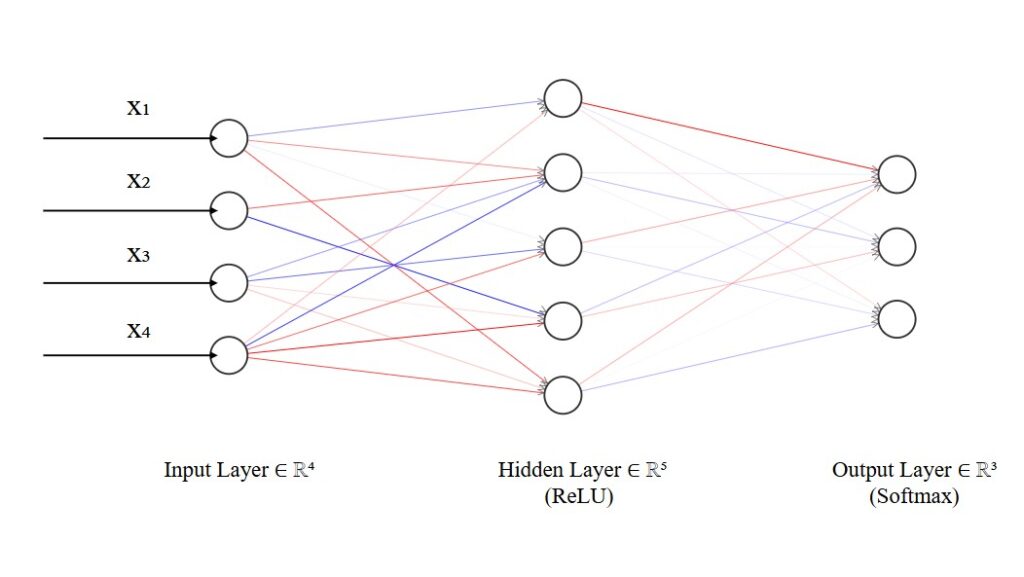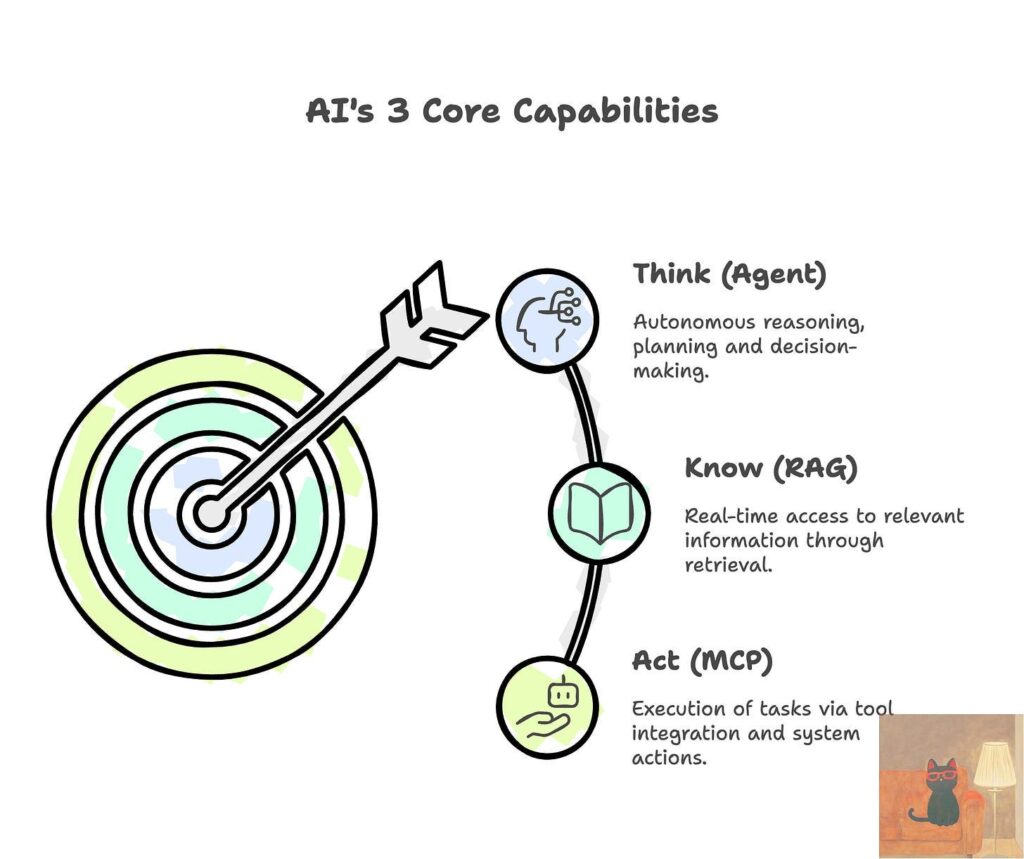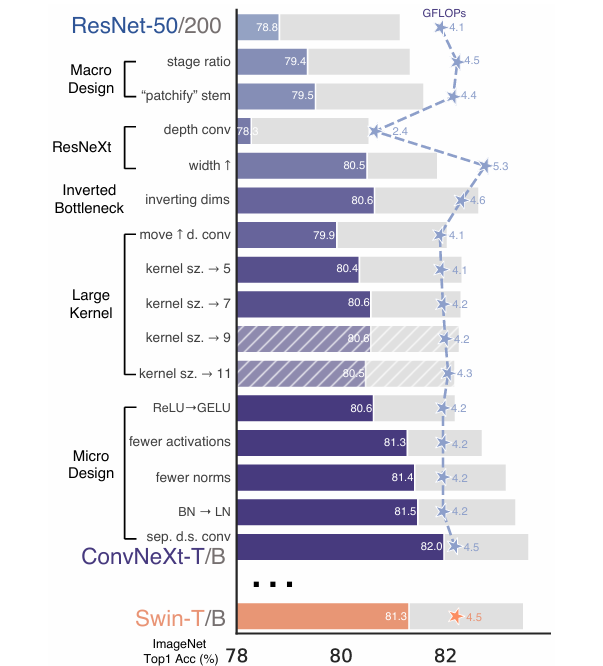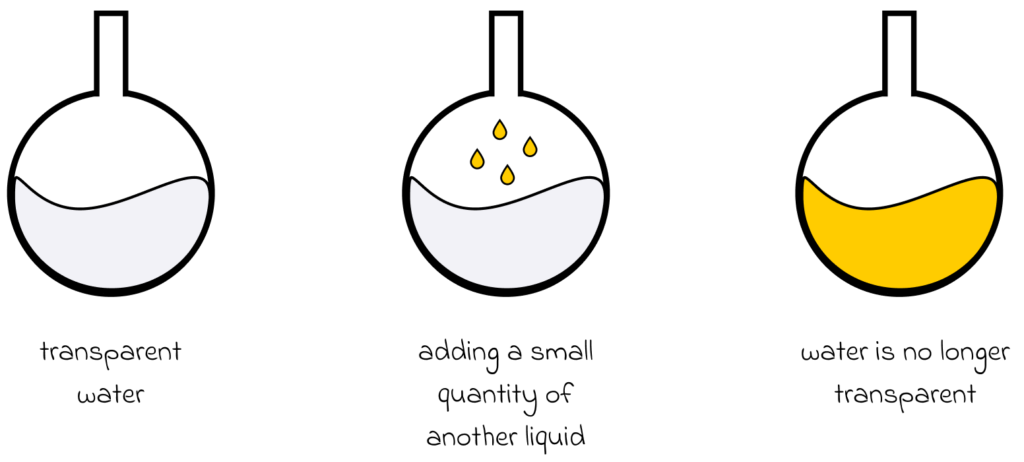Uh-Uh, Not Guilty
When the six merry murderesses of the Cook County Jail climbed the stage in the Chicago musical, they were aligned on the message: They had it coming, they had it coming all along. I didn’t do it. But if I’d done it, how could you tell me that I was wrong? And the part of the song […]
